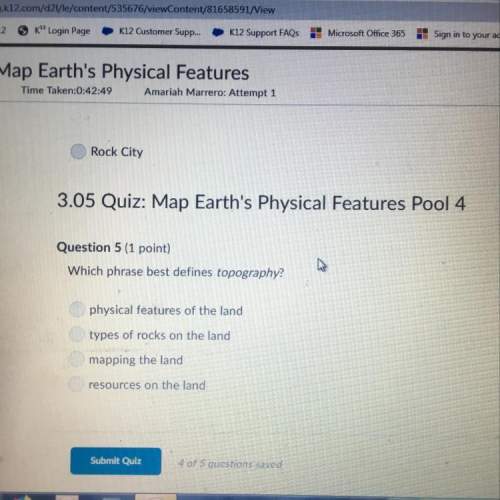
Chemistry, 13.06.2020 05:57 ahmedeldyame
In a photoelectric experiment a student uses a light source whose frequency is greater than that needed to eject electrons from a certain metal. However, after continuously shining the light on the same area of the metal for a long period of time the student notices that the maximum kinetic energy of ejected electrons begins to decrease, even though the frequency of the light is held constant. How would you account for this behavior?

Answers: 2


Other questions on the subject: Chemistry


Chemistry, 22.06.2019 17:30, ander67061
Air can be considered a mixture. which statement does not explain why?
Answers: 1

Chemistry, 22.06.2019 20:00, SpiritedAway7087
In vapor-liquid equilibrium in a binary mixture, both components are generally present in both phases. how many degrees of freedom are there for such a system? the reaction between nitrogen and hydrogen to form ammonia occurs in the gas phase. how many degrees of freedom are there for this system? steam and coal react at high temperatures to form hydrogen, carbon monoxide, carbon dioxide, and methane. the following reactions have been suggested as being involved in the chemical transformation:
Answers: 3

Chemistry, 23.06.2019 00:00, kittenalexis68
How many atoms or molecules are there in a mole of a substance?
Answers: 1
You know the right answer?
In a photoelectric experiment a student uses a light source whose frequency is greater than that nee...
Questions in other subjects:

History, 30.07.2019 18:00

Social Studies, 30.07.2019 18:00

Social Studies, 30.07.2019 18:00

Mathematics, 30.07.2019 18:00

Biology, 30.07.2019 18:00


Chemistry, 30.07.2019 18:00


Geography, 30.07.2019 18:00





